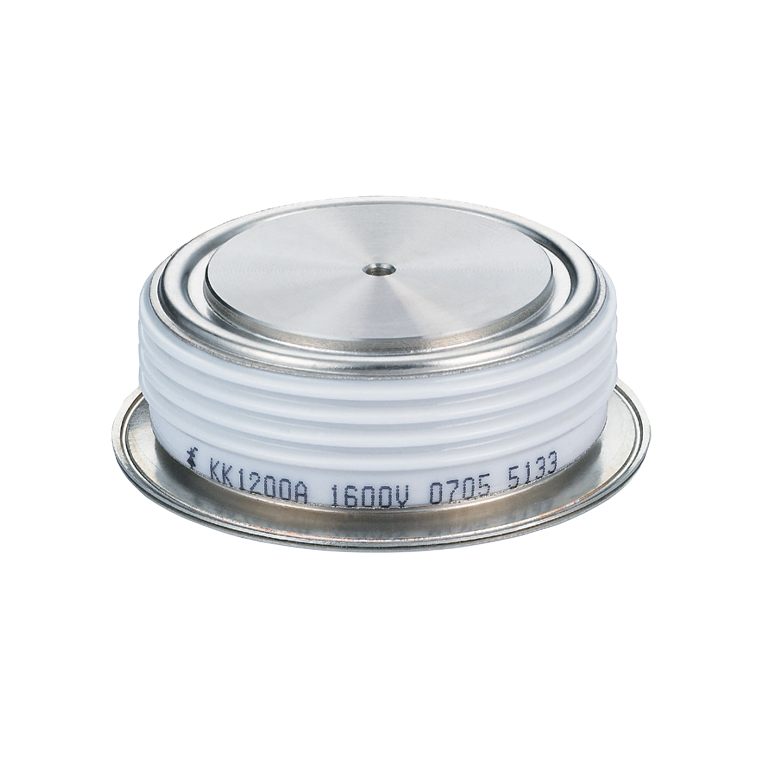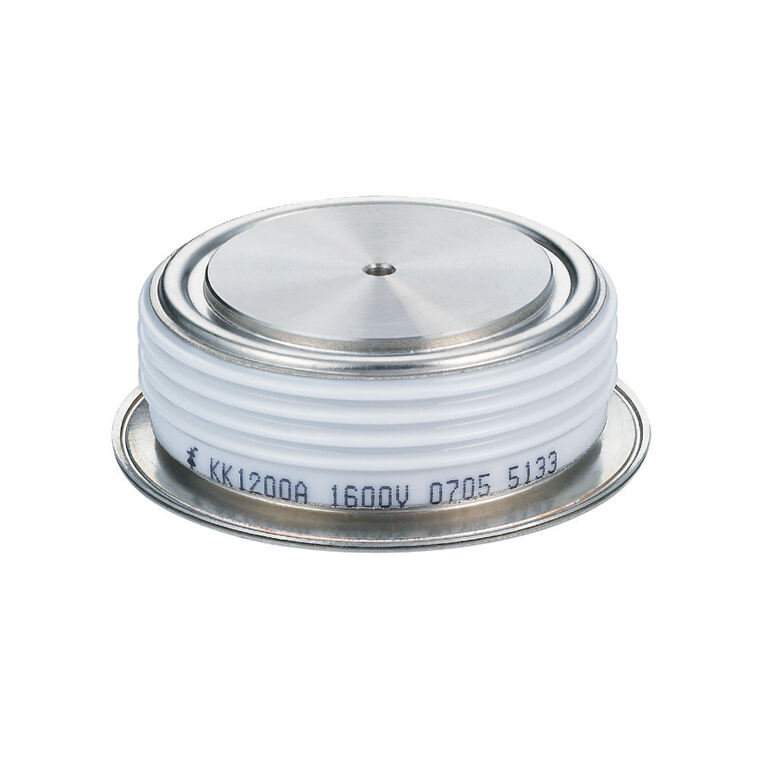resistance spot welder
A resistance spot welder is a sophisticated manufacturing tool that joins metal pieces through localized heat generated by electrical resistance. This advanced welding equipment operates by applying pressure and electric current through copper electrodes to create a precise, strong weld at specific points. The process involves three key stages: the squeeze time where pressure is applied, the weld time during which current flows, and the hold time that allows the weld to solidify. Modern resistance spot welders incorporate microprocessor controls, allowing for precise adjustment of welding parameters including current intensity, weld time, and electrode force. These machines are capable of producing consistent, high-quality welds in rapid succession, making them ideal for high-volume production environments. The technology finds extensive application in automotive manufacturing, appliance production, and aerospace industries. Resistance spot welders can handle various metal combinations and thicknesses, from thin sheets to relatively thick plates, provided they are electrically conductive. The equipment's versatility extends to working with materials such as steel, aluminum, titanium, and nickel alloys, making it an essential tool in modern manufacturing processes. Advanced models often feature water-cooling systems for the electrodes, digital displays for parameter monitoring, and programmable memory for storing different welding profiles.


